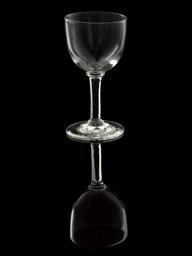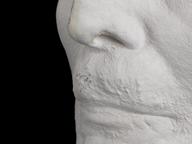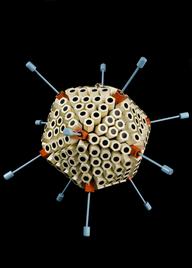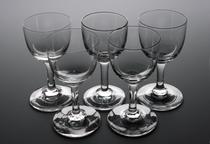



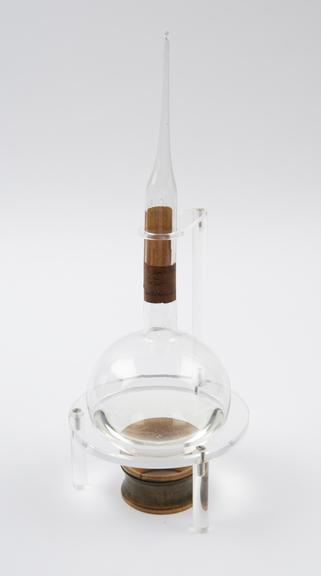

Glass flask containing yeast water, prepared by Pasteur during his experiments on spontaneous generation, French
Louis Pasteur (1822-1895), the French chemist and microbiologist, used a glass flask containing yeast water during his experiments on spontaneous generation. By 1864, Pasteur had disproved this theory by experimenting with fermentation. He placed yeast water in a swan-necked flask (like this one) that only allowed air to enter. The water remained clear. Only when the flask was open to dust and micro-organisms did fermentation occur.
The flask has a handwritten label, possibly written by Pasteur, reading “3 Août 1864, fevrier, eau de levure”. This translates from French as “3 August 1864, February, yeast water”. The flask was acquired by Henry Wellcome, whose records suggest it was believed this was actually used by Pasteur, but there is no evidence supporting this claim.
Details
- Category:
- Microbiology
- Collection:
- Sir Henry Wellcome's Museum Collection
- Object Number:
- A55130
- Materials:
- flask, glass and stand, wood
- Measurements:
-
overall: 285 mm 95 mm, .16kg
- type:
- flask
- credit:
- Lespicau

